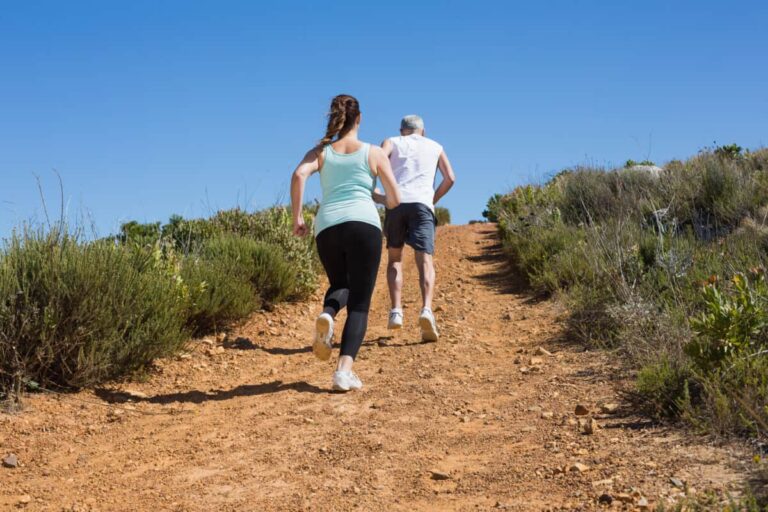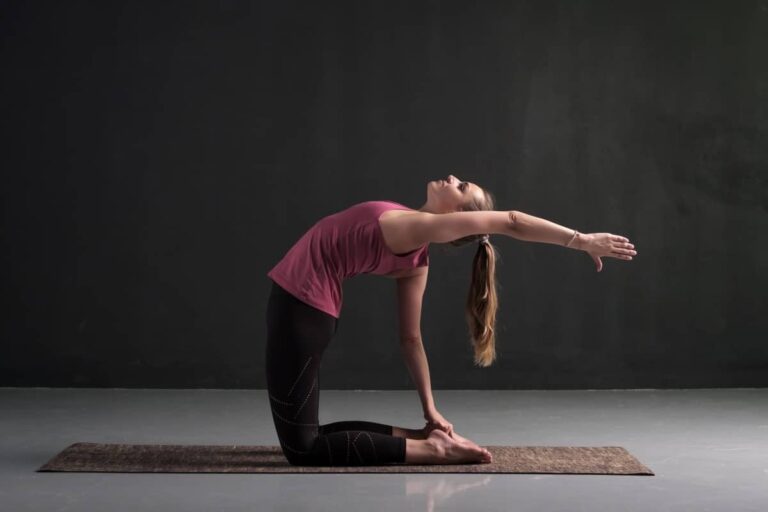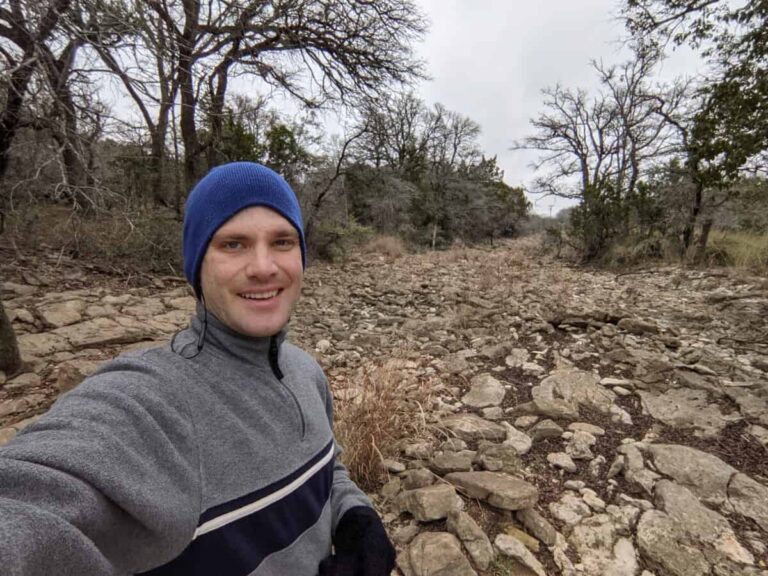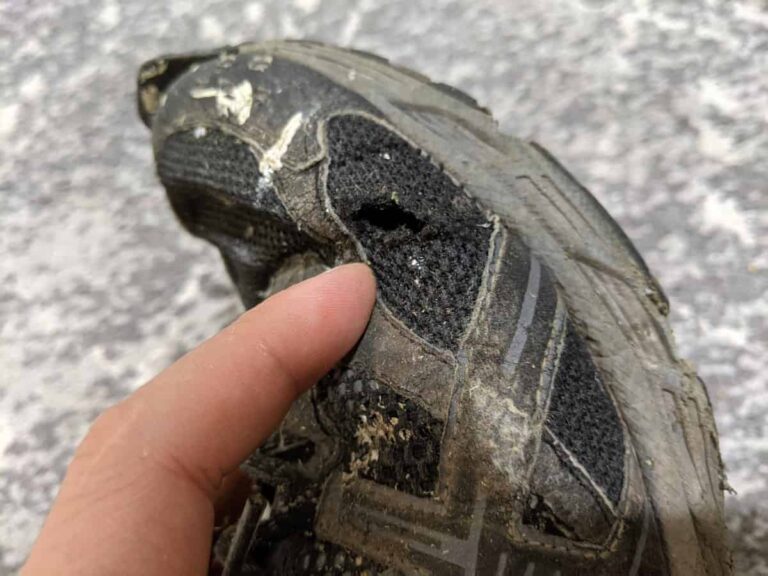Is it Safe to Trail Run Every Day? What You Must Know
Running on trails is a much different experience than running on the road. However, trails can also be unforgiving. They are also harder to access. So, is it worthwhile, and can you trail run every day? I tried it for a month and wanted to report back my findings.
You should take at least one or two days per week for resting regardless if you are trail running or road running. If you don’t give your body enough time to recover from strenuous exercises, you increase your chances of experiencing an injury. Also, if you can’t run at least five days a week, try starting with three days.
In today’s article, we will start by discussing how often you should run if you specifically run on trails. We will then discuss the recommended distance before jumping into the pros, cons, and a list of our safety tips. So, for everything you need to know about running on trails almost every day, I recommend that you keep reading this article.
Is It Safe To Trail Run Every Day?
It is safe to run on a trail every day if you pace your runs and don’t run at your maximum effort every day.
In fact, I did exactly this in February of 2021. I woke up early every day (except Sundays) and went running on the trails at a park near my house for an hour.

I was able to make this work for my body and current abilities because I didn’t go hard every day. Some days I’d sprint, some days I’d jog very slowly (the days I didn’t get enough sleep).
I alternated between pushing myself hard and going easy from day to day.
Some parts of the trail are difficult to “go easy” on, so, this could be true for you. If your trail run involves a lot of incline and elevation change, then it might be pushing your body too much to run it every day.
How Often Should You Trail Run?
If you are training for a race, you can successfully run 5-6 days a week if you vary your pace so you are not exhausting your body every day. Additionally, if you are training for a race, you should shoot for at least 3 running sessions per week.
If you want a detailed half marathon training plan, check out our article, here.
What If You’re Mixing Trail Runs With Road Runs?
Road running is great for running long distances because the variety of terrain makes it more possible to focus on nothing other than running as efficiently as possible.
Additionally, unless all the roads around you are steep hills, the flat road makes a good “rest” run where you just jog to get your heart rate up and to keep your body ready for more.
So if you’re mixing trail and road running, you can use your road running days as long-distance runs or rest runs. If you’re training for a race you can do your long-distance run on the road on the weekend and go trail running two more times during the week.
The key is to find a good balance. Remember, recovery is as important, if not more so than the running itself.
What Is a Good Distance for Trail Running Every day?
The best advice I can give you is to not overdo it. Whether you can run for a half-mile or a half-marathon, the answer of distance is different for everyone.
Trail Running Distances For Beginners
Let’s start with beginners–how far should you try to run on the trail?
When starting, if you can run a mile, you’re at a great start. If you do a slow run at 4 mph, then you’ll do a mile if you run for 15 minutes.
Running for 15-30 minutes as a beginner is a great way to get started.
If 15-30 minutes feels like your limit, you can stick to this time and try increasing your pace. If you are training for a race, a good rule of thumb is to try and increase your distance 5-10% every week.
Remember, it is more important to go on more runs than to exhaust yourself on one run.
Experienced Runners
For experienced runners who want to run trails almost every day, you can definitely do between four and seven miles. Once you feel comfortable with that distance, you can increase it by 10% every week until you get to around 10 miles a day.
If you can run 10 miles in a day, you’re in great shape.
Remember, you do need a rest day, and that is why you shouldn’t run every day but maybe five or six days a week.
5 Pros of Trail Running (almost) Every day
Ultimately, the pros outweigh the cons when it comes to any type of running. By far, the best thing about running on a trail almost every day is the workout it gives your core. That said, let’s jump straight into it.
Trail Running Every Day Is A Decent Core Workout
Trail running isn’t a high-intensity core workout, but from balancing on uneven ground, using your whole body to power up a hill, or using your arms and core to ensure you don’t fall while running downhill–trail running is one of the best exercises for your core (as far as running goes).
Your core muscles are located near your abdomen. However, it provides stability for your entire body. Therefore, it increases your overall fitness, endurance, and strength.
Dynamic Workouts
One thing I love about trail running is that every time you go, you can do something different. Want to go scamper up the huge slope? Go for it! Want to speed down that same slope? Go for it!
Or, perhaps, you want to take it easy, today and not go too hard and stick to the gentle part of the trail, that works too!
The variety of nature makes for a dynamic workout, which leads to a healthier body than running the same road, every day.
Experience the Outdoors
Whether you still go to the office or work from home, one thing for sure is that many people don’t have the time to be outdoors. Even if we are able to get fit in a gym, we are still in a gym!
When I committed to trail running every day, I had a chance to get outside in the early morning and see sights that everyone else was missing.

Extensive trails often have more than one path, and alternating courses is a great way to keep it interesting for yourself.
However, when you do, be sure that if you don’t have a partner, you let someone know which area you’ll be taking on that day.
Great for Balance
Running on a flat surface like a road is excellent. However, running on a trail will challenge your balance skills.
Over time, you will become better and better at maintaining a good posture while also learning how to balance yourself better.
Again, this is something that can have a positive impact on your daily life.
You get a sense of what rocks to step on and how, and how to balance your center of gravity as you climb up or down a slope.
Visually Distracting
Don’t get me wrong, there are some beautiful roads out there, but most of us don’t live next to them.
Although many trails can less convenient to get to, they are often in the middle of nature. Even if you run the same trail a hundred times, it’s likely still more interesting, visually, than running on the road.
4 Cons Of Running Trails Almost Every Day
With almost anything good, there can be a few negatives.
Secluded
Because trails are often secluded, you might find that it feels lonely, or eerily quiet, sometimes. However, some people enjoy it, and it is the main reason they run on trails instead of roads.
The biggest con of running on a secluded trail is not having help if you run into an emergency.
Higher Risk of Injury
When you compare running on the road to running on trails, the risk of injury is more significant.
Running on gravel, scree, or rocks, especially if there’s rain on the ground can be pretty dangerous. I’ve taken a couple spills because of this. Usually running on the road doesn’t have those same dangers.
However,if you’re running on the road you are running on a very hard surface–ironically, trail running is easier on your knees and hips because you are often running on dirt.
You also have dangerous animals in certain States and countries.
Not Always Easy to Get to
To go running on the road almost every day, most of us just have to go outside of our homes, and we have the road right in front of us. However, trails might be a little harder to get to, which is why most people choose to run on sidewalks and roads.
You might find that the closest trail to you is only accessible by car. So, keep that in mind if you want to get into trail running.
Eats Through Shoes
There isn’t much of a price difference between trail running shoes and road running shoes. In the long run, though, you might end up spending more on your trail shoes because, well, a trail is rugged with lots of stones, rocks, and holes in the path.
It’s a toss up–trail running shoes are designed to be more rugged, but they are getting beat up more than regular running shoes.
Not only that, but pavement is pretty hard in itself, so depending on what trails you are running on, your trail running shoes could last even longer than regular running shoes.
Safety Tips for Running Trail Every day
When you run on the trail, there are things that you need to consider that you wouldn’t have to do when you are running on the road.
Try not to let that last statement intimidate you. The point of this article is to discuss what could happen. In general, people that run trails don’t run into any problems. After all, humans are mostly capable of relying on their judgment to keep them safe.
That said, here are a few safety tips that you can use when running on a trail, especially if you run every day.
Watch Where you are Going
It is easy to get caught up in the zone where we block everything out and focus purely on our running when we run. This same thing will happen to you while you are running on trails, and while you will most likely be able to spot any hazards even when in the zone, it decreases your chances of doing so.
There are a few things that you want to watch out for, including:
- Rocks
- Angled or sharp stones
- Scree (gravelly ground where it’s easier to slip)
- Tree branches above and below you (I’ve definitely run into low hanging branches before
- Drop-offs
- Oh yeah, snakes
If you’re trail running you are watching your feet, a lot. The biggest danger is tripping or slipping and falling and hitting your head on a rock.
If you don’t feel safe on a particular part of a trail, there’s no shame in slowing down and picking your way carefully up or down the dangerous part.
Don’t Overdo it
Some trails are really challenging. Especially when they’re very steep. I used to run one trail only once per week because my body was completely exhausted afterward.
If you exhaust yourself every day your body is not getting enough time to recover and you can hurt yourself.
Give yourself some proper time to recover between running sessions not to overdo it and hurt yourself.
Maintain Your Trail Shoes
Maintaining your trail shoes is crucial to your comfort and safety. Remember, these shoes are built for a specific purpose: to endure the elements while running on rugged terrain.
So, while they might be more durable than most running shoes, they no longer provide their complete set of safety features once they start to break.
To maintain your shoes:
- Remove any mud, especially from the shoe joints or stitching.
- Avoid water.
- Try to avoid slanted or sharp objects.
- After washing your shoes, allow them to dry indoors, out of the sun, if you can. A fan really helps this process.
Bring Food And Water
If you’re in a remote location, especially a place you haven’t been before, it’s good to be prepared with something to eat and drink. A small backpack is a good thing to have, especially for long runs.
Have a Running Partner (If Possible)
One of the biggest favors that you can do for yourself is to find a running partner. I know, for some people, this is not an option. So, if you cannot find a partner, you could at least show someone back home the trails and routes you select. If you are going for an unexpectedly long amount of time, they can easily find you.
Use your Hydration Backpack
Hydration backpacks are becoming more popular for most trail and road runners. It improves your performance by giving you easy access to hydration. Also, you can use the backpack for water or even for your favorite sports drink.
Having a hydration backpack with you can be a lifesaver. You can also use it to store other emergency devices that we will discuss further down. For now, here are two decent hydration packs:
KUYOU Hydration Pack (Amazon)
TETON Sports TrailRunner 2.0 Hydration Pack (Amazon)
These backpacks have a bladder for liquids and can also be used to store your valuables as well. They are slim and should not be bulky.
Take Your Phone
Apart from being a tracker and a music device, it also has GPS and can make calls or send messages in emergencies. You can keep it on your person, or it can be stored in your backpack.
If you are running all day it also could make sense to keep a power bank with you if you have the space. Doing this will give you two or three total phone charges depending on what model you go for.
Have a Small Medkit With You
Taking a small medkit with a few essentials can come in handy one day, especially if your trails are steep or technical.





